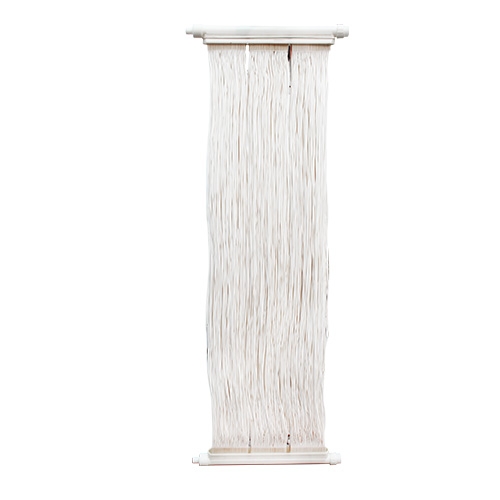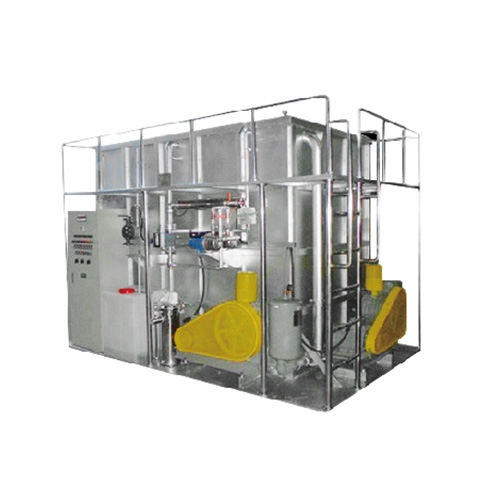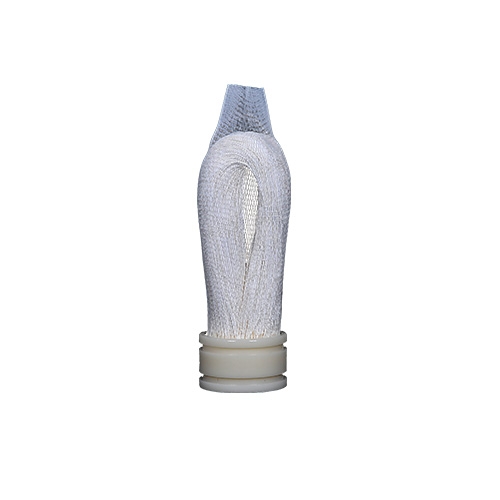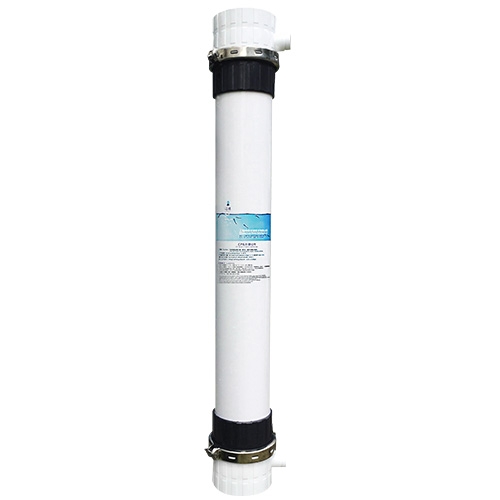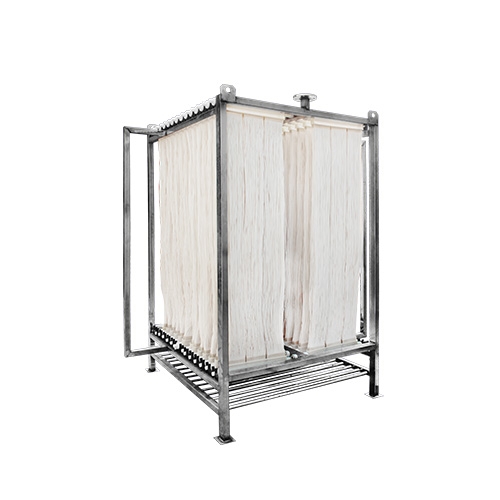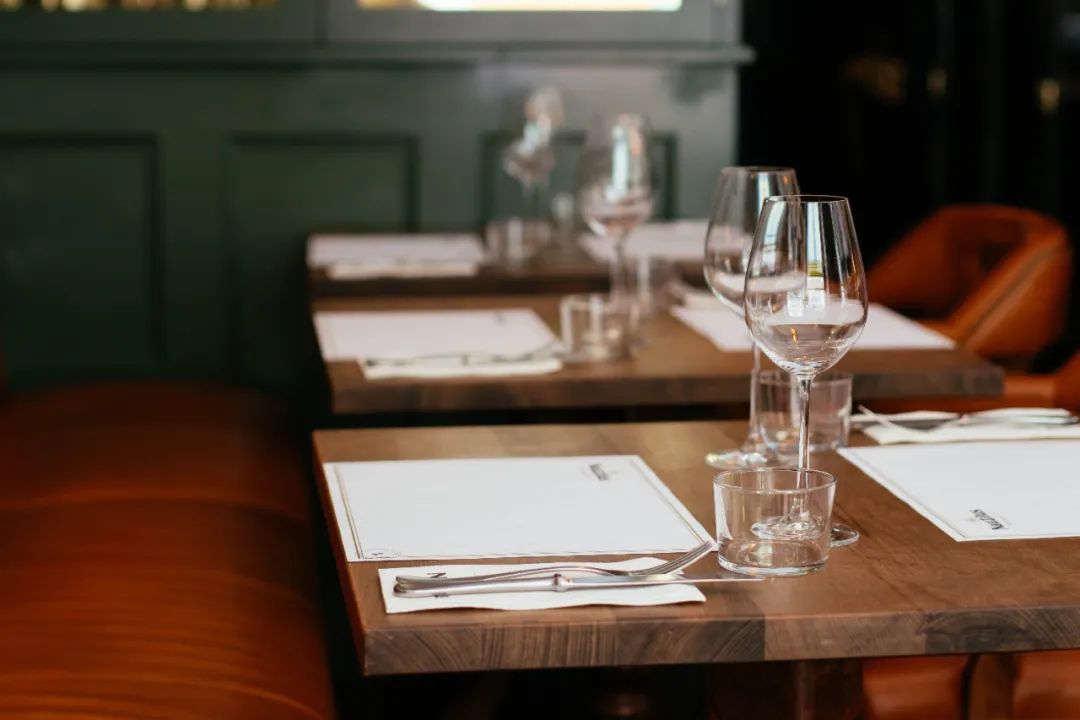
In the 5000 year civilization history of Chinese culture, the brewing of wine can be traced back to more than 3000 years ago. Wine culture has long been deeply integrated with traditional culture and customs. As the representative of Chinese liquor, liquor has undergone many transformations and formed The pattern of "flowers compete in beauty, each has its own advantages".
In recent years, the consumption structure of alcohol has changed from government consumption to business consumption and public consumption under the influence of the restriction of three public consumption and the eight central regulations.
At the same time, public consumption psychology is affected by the upgrading of consumption structure, "Drink less and drink better" has become a consensus. However, with the continuous improvement of China's residents' income level, consumers' demand for healthy high-end and secondary high-end liquor remains strong, and the market continues to rise steadily. Therefore, the owner brand concentration of the liquor industry is getting higher and higher, and the profits of the whole industry are further concentrated to the big brand enterprises.
With the development of the times and the upgrading of consumption quality, consumers are increasingly yearning for high-quality and healthy life. According to the Chinese Liquor Industry According to the "14th Five Year Plan" Development Guidance (Exposure Draft), by 2025, by the end of the "14th Five Year Plan", China's liquor industry will achieve sales revenue of 1213 billion yuan, 41.2% higher than the end of the "13th Five Year Plan", with an average annual growth of 7.1%.
Behind such a huge production scale According to statistics, about 50%~60% of the total alcohol sold in China is used for new type liquor.
Data display For each ton of alcohol produced, about 12~15 tons of distiller's grains waste liquid will be produced, with BOD5 value of 25g/L~30g/L and CODcr value of 80g/L~120g/L. Liquor production wastewater can basically be divided into high concentration organic wastewater and low concentration organic wastewater. High concentration wastewater includes: distilled bottom pan water, distiller's grains waste liquid, fermentation pool leachate, underground liquor storage leakage water, distillation section flushing water, koji making wastewater and grain soaking water. These wastewater, with high CODcr, BOD5 and SS values, complex components, acidic pH, and intermittent discharge, are major pollutants. Low concentration wastewater includes cooling water, bottle washing water, site washing water, etc. High concentration wastewater mainly consists of water, low-carbon alcohol (ethanol, amyl alcohol, butanol, etc.), fatty acid, amino acid, etc. Liquor wastewater belongs to easily degradable organic wastewater.
Nutrient matrix, microbiota, microbial cells, cell fragments and microbial metabolites in the activated sludge mixed liquor system( EPS, SMP) and various organic and inorganic soluble substances contribute to membrane pollution.

Liquor wastewater can be divided into two categories
1) Raw wheat cleaning, malt culture and old bottle washing wastewater;
2) Wastewater discharged during brewing.
The first kind of wastewater is the main source of wastewater About 0.86m3 of wastewater is discharged from 1 ton of barley. The water contains wheat detergent, pH10-13, which is strongly alkaline. The second kind of wastewater is the cleaning wastewater discharged in the process of malt pressing and separation. The BOD in the water reaches 130000mg/L, pH 3-4, and is acidic.
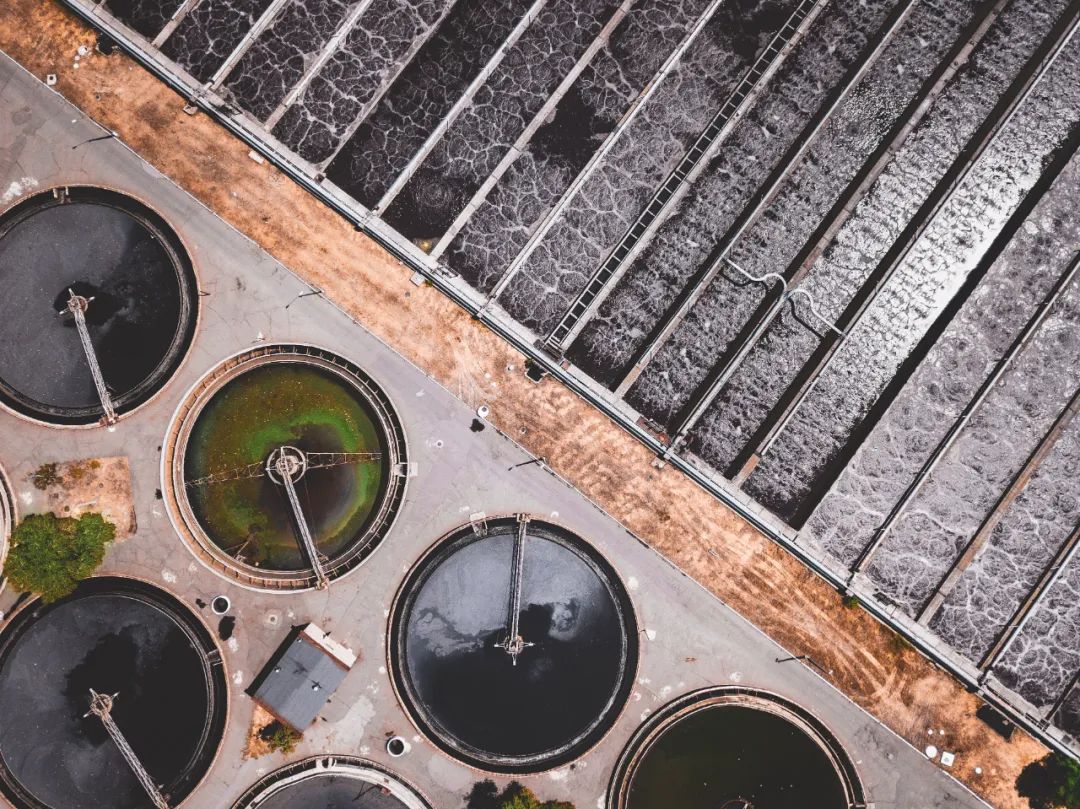
Main treatment measures for liquor wastewater
The main treatment measures of liquor industrial wastewater include pretreatment, biochemical treatment and supporting advanced treatment process with special requirements. Liquor brewing wastewater is easy to be treated biochemically, but ammonia nitrogen and total nitrogen are difficult to reach the discharge standard, so appropriate treatment processes are needed.
2.1 Pretreatment
2.1.1 Treatment of suspended solids
Wastewater usually contains high suspended solids, which need to be separated and treated first. The primary sedimentation tank or regulating tank can be used, and the general supporting physical and chemical treatment process (coagulation sedimentation or air flotation, etc.) can be used.
2.1.2 pH adjustment
High concentration wastewater The pH value is small, which is harmful to microorganisms in the biochemical treatment process. Generally, neutralization facilities should be provided before and after anaerobic water inflow to control the pH value.
2.2 Biochemical treatment
2.2.1 Anaerobic treatment
High concentration wastewater needs to be equipped with anaerobic process, which can effectively remove high concentration wastewater The biogas can also be recovered. yes UBF (Upflow Anaerobic Composite Bed), AFB (Anaerobic Fluidized Bed), UASB (Upflow Anaerobic Sludge Bed), EGSB (Anaerobic Expanded Granular Sludge Bed), IC (Anaerobic High Efficiency Internal Circulation), etc; In order to increase the anaerobic effect, the above anaerobic processes can be combined according to the water quality.
2.2.2 Biochemical combination process
The total nitrogen of liquor brewing wastewater is relatively high. In order to strengthen the treatment of total nitrogen, secondary treatment is often used A/O process, in which the first stage A/O process is used to degrade organic matter and use carbon source in sewage for denitrification; In the second stage A/O process, the anoxic section is used to remove residual nitrate nitrogen, and the aerobic section is used to enhance phosphorus removal. It can also be used according to the actual situation A2/O process, A2/O+biological contact oxidation process, A2/O+MRB process (membrane bioreactor), A/O+BAF process (biological aerated filter), A/O+biological activated carbon filter process (BACF), etc.
2.3 Advanced treatment process
When phosphorus cannot meet the discharge standard, it is necessary to add chemicals for phosphorus removal; The relevant oxidation process or enhanced physical and chemical treatment process can be selected for decolorization. When recycling or higher discharge requirements are required, coagulation sedimentation or air flotation, mbr membrane filtration, advanced oxidation and other processes are generally used
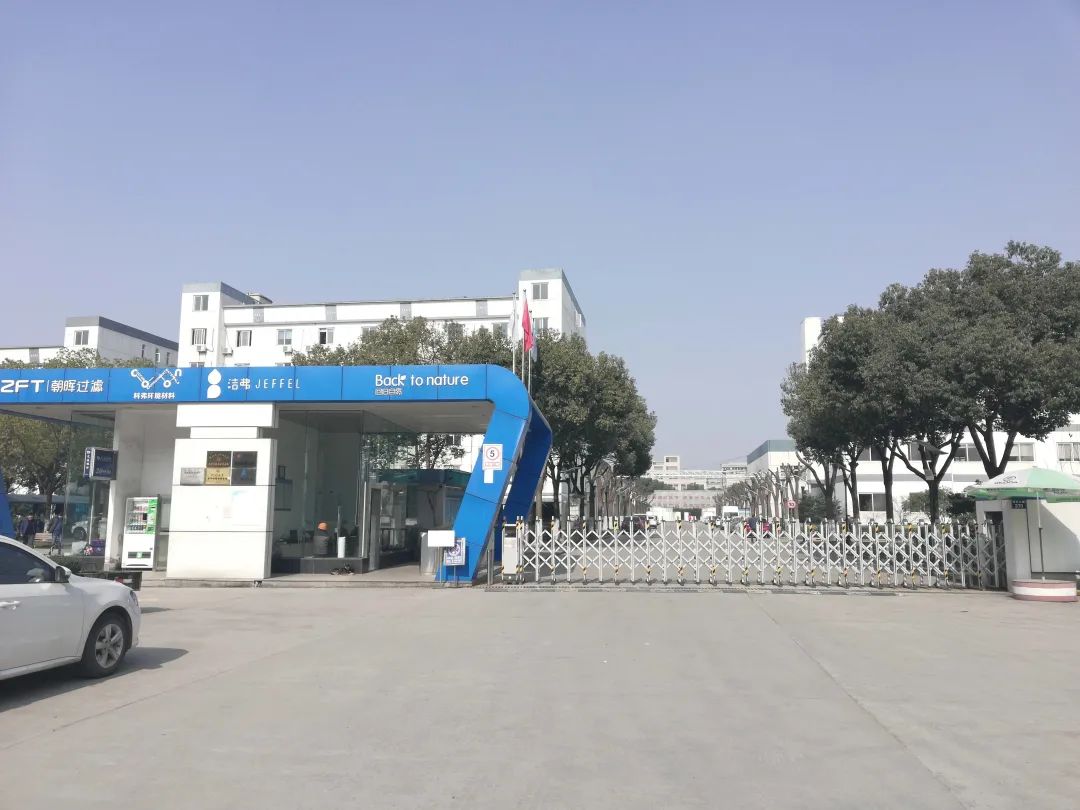
Treatment process required by different emission standards
1) Implement indirect emission standards
Primary sedimentation +UASB+A2/O+biological contact oxidation+phosphorus removal combined process
2) Type of implementation of direct emission standard (non special emission limit)
UASB+two-stage A/O+Fenton oxidation process
Preprecipitation +Hydrolysis acidification+two-stage UASB+A/O+coagulation sedimentation+BAF process
Coagulation sedimentation+anaerobic+ A/O+MBR process
3) Implement direct emission standards (special emission limits)
Pretreatment +UASB+AAO+MBR+chemical phosphorus removal+advanced treatment






